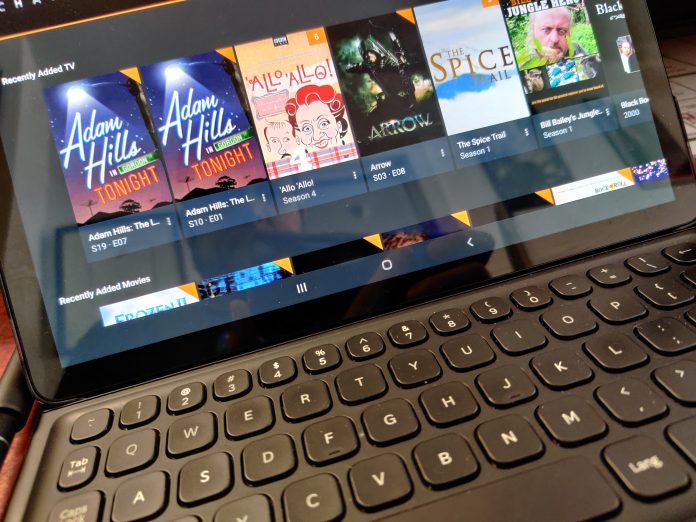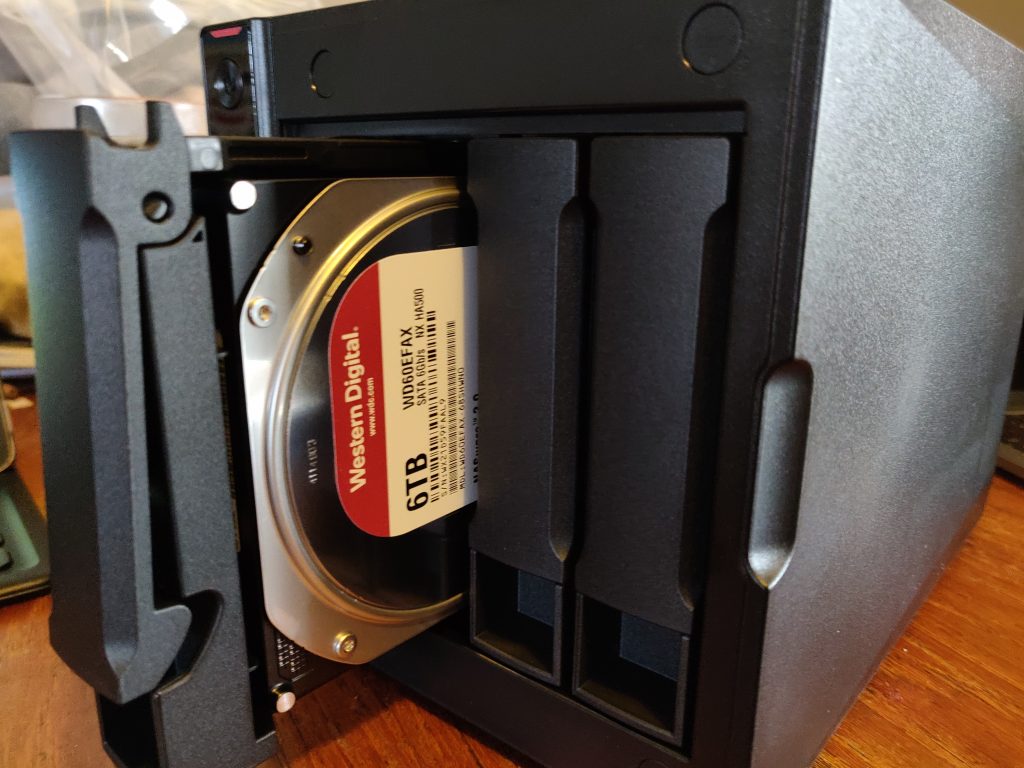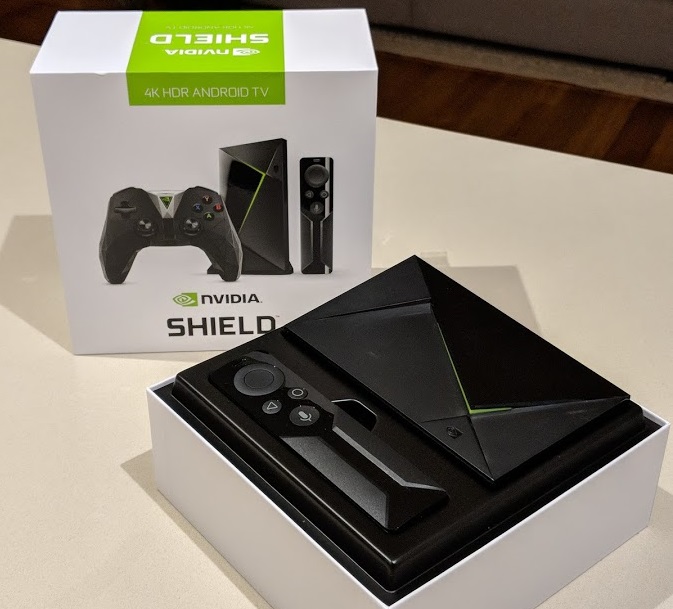Mobile digital entertainment is part of the world we now live in. But what does that mean for everyone? For me, it means having access to streaming media and my personal collection and not just the media available via paid streaming sources. I have a fairly substantial collection of various media that I have amassed over the years. Since the digital world took over I have had a DVR running as well, so most of this is now stored on my network.
To achieve simple and seamless access like this, you need to do some research on what the right hardware for you is.
Hardware: It’s key to computing
Like anything in the electronics world, the hardware is the key to successful delivery. Not everyone is going to have the advantage I do in FTTP NBN delivery that actually gives me close to the full speed I pay for all the time.
Outside of the actual bandwidth, there are a few facets you need to consider to ensure your results are as good as possible.
Your router
You need a good quality router — don’t just accept the one your ISP sends you as they’re usually pretty cheap and lacking options. Either pay for the upgrade or go to your local PC shop and have a chat to them about your setup. Given the changing technologies and increasing connectivity capacities, it would be a really wise move to get the best router you can afford: this is the heart of your network.
Wired vs Wireless connections
Wireless connectivity continues to get better and better, but it is still not matching the speed and reliability of a wired connection. There are some significant advantages with ethernet connectivity including lower latency, more reliable/consistent speed for data streams and fewer variables that can affect your network.
That being said, for the vast majority of users, there is no reason they can’t use wireless for devices. Core infrastructure though should – where practical – always be hardwired to ensure the best possible results.
What to look for
At a bare minimum these days, you should be considering a router with 802.11ac as it is going to support current generation devices. If you’re looking for a router that will be more future-proof then 802.11ad or preferably Wi-Fi 6 (802.11ax) should be your aim. Your current devices may not be Wi-Fi 6 compliant but in the future, they will be! Think forward and get hardware that’s going to last you a long time.
There’s plenty of alternatives on the market and we’ve taken a look at several options quite recently:
- Asus AI Mesh AX6100 – Wi-Fix 6 Capable
- D-Link DIR-2800 vs Netgear Nighthawk AX8
- Nest Wi-Fi — Perhaps a letdown that it’s not Wi-Fi 6 but worth a look for the other features.
Another factor to consider is that if your home is particularly large, solid brick or an odd shape you may struggle for Wi-Fi signal in areas. This is where Mesh Wi-Fi comes into play but in the context of my setup, it’s not something I’ve needed.
A NAS to suit your needs
To really determine what is going to be suitable you need to have a think about what you’re trying to achieve. For me personally, a NAS must support Plex and have fast transfer speeds.
With a NAS you can install as much storage as you wish but be wary, the more you have you’ll find ways to fill it and yes… I’m speaking from experience. I’d suggest at least 10TB in RAID to give you some redundancy on your data is going to be a very good starting point. This is all provided that the hardware you’ve selected meets your needs, now and into the foreseeable future.
I’ve had a few NAS devices over the years starting with a Linksys that we outgrew its capacity. I then moved onto a Thecus N4310 which I found functional but a little disappointing in the software. More recently an ASUSTOR Nimbustor 4 which has been a big step up in capability including a built-in Plex server.
In recent times we’ve taken a look at a number of NAS options:
- The Nimbustor 4 – a high powered NAS to suit power users
- Synology DS918 NAS plus Data Store and a deeper dive into how to transfer your data to a new device with more storage.
Other accessories for your network
There are a lot of other accessories you could potentially add to your network to make it a more complete entertainment solution. One that many users won’t think of is a network-based TV Tuner. Personally, I have the HD Homerun Connect, a dual HD Tuner which not only gives you a way to watch live free to air TV on any network-attached device but also integrates with a number of software options to create a network-based PVR. Depending on your choice of streaming software, you also have the capability to stream live TV to your device regardless of your geographic location.
A streaming TV box is one of the final and very important elements in creating a connected home entertainment system. There is a myriad of options in this arena from very budget through to some far more expensive options to connect Android TV, Apple TV or another screen streaming option depending on your needs and budget.
On the budget end of the scale, the Xiaomi MiBox is an excellent option. It’s an Android TV box which brings the full functionality of the platform to your screen. Similarly, you could easily pick up a Vodafone TV box or a Telstra TV box. On all of these, You can install a wide variety of apps and connect to a huge number of services and platforms as a result.
Taking a step further in the streaming tv box realm, a far more comprehensive option is the Nvidia Shield TV. Several of the Ausdroid team have these and honestly, its an investment I don’t regret for a moment. The software is constantly updated which keeps the user interface fresh and the experience exciting.
When you add this to the Shield TV’s capability to stream gaming from a PC on your network to a large screen, this is the pinnacle of streaming TV devices. There is power to burn in the hardware which means you’re not going to suffer degradation of service in the foreseeable future at least.
Finally, if you’ve got the need and the budget, a smart TV – like the Hisense range – can become your delivery hub for your connected home system. Like other options for viewing streaming media, smart TVs have such a huge range available. If you’re keen to explore this, check out your local retail chain for more details.
The beautiful thing about building a system like this is that you can do it slowly and scale up as you wish. I’ve built this system over time with consideration to future wants and needs.
What recommendations on hardware or software do you have for a connected home entertainment system?









Phil it your house is wired look into Ubiquity gear. Easy to set up a VPN tunnel to access your media anywhere.
Curious to understand how your hardware NAS handles transcoding for Plex. My understanding is that they have poor RAM and processors. I am using Unraid with Emby which has been good.
As a streaming box, if you already have an Xbox one you can run pretty much everything you could ever need, Netflix, Disney+, Hulu, YouTube, Plex, and even a stable KODI build available in the app store (which is funny because it started out as xbmc for the original Xbox)